Section 174 Updates: Navigating the Impact on Software Development
March 8, 2024
The Tax Cuts and Jobs Act (TCJA) of 2017 brought significant changes to how businesses treat research and development (R&D) expenses, impacting, among other things, how taxpayers’ approach internal software development. These changes, specifically affecting Section 174 of the Internal Revenue Code (IRC), took effect at the beginning of 2022 and continue to be relevant today.
Understanding the Changes
Previously, for tax purposes, companies could deduct the full cost of developing internal software used for claims processing, customer enrollment, and other core functions in the year those costs were incurred. However, the TCJA amended Section 174, requiring most R&D expenses, including qualified software development, to be capitalized for tax purposes and amortized over five years (fifteen years for foreign expenditures).
These changes present new tax challenges
- Increased taxes and decreased cash flow: Spreading the deduction over five or fifteen years as required will likely increase taxable income, leading to higher taxes in the short term and resulting in reduced cash flow.
- Research & Development Tax Credit: The requirement to capitalize research and development costs makes the utilization of the R&D tax credit even more beneficial to help offset the resulting increase in taxes.
Navigating the Current Landscape
While the impact might vary depending on the scale and frequency of internal software development activities, companies need to be aware of changes to compliance requirements and explore options to adapt.
Consider the following:
- Were there expenses from January 1, 2022 to the present that fall under these new capitalization rules? It may be necessary to engage a research and experimentation specialist to properly identify Section 174 expenses.
- While both internally developed and vendor-acquired software are generally subject to Section 174 capitalization requirements, off-the-shelf software acquired from a third-party vendor is generally not subject to the same capitalization requirements. For this reason, it may make sense to consider the use of off-the-shelf software products to meet the company’s needs.
- Consult with a qualified tax advisor to understand the specific implications and develop a tailored approach.
Distinguishing Between Development and Maintenance
Under the new capitalization requirements, determining the difference between software development and maintenance/bug fixes has become an important exercise, as only qualified software development falls under the new Section 174 rules. For book purposes, while not requiring the capitalization of research and experimentation expenditures, GAAP standards allow for the capitalization of significant development efforts[1] that lead to new features or enhanced functionality, while expensing minor fixes and maintenance activities. For statutory accounting purposes, all software development costs are expensed unless the cost is directly related to operating system software, which is the only type of software that can be capitalized and depreciated in accordance with SSAP No. 16R –Electronic Data & Processing Software.
Key Factors for Differentiation
- Nature of change: Does it significantly improve or alter functionality, add new features, or expand overall capabilities?
- Level of effort: Is it a simple bug fix, or does it require extensive design, coding, and testing?
- Intended outcome: Is the primary goal to correct an error or defect, or introduce new functionalities and enhancements?
It is important to keep detailed records of development activities, maintenance logs, and descriptions of changes. This documentation can be crucial for justifying the accounting treatment. Some companies set minimum thresholds (e.g., based on cost or scope of change) to aid in differentiating development from maintenance.
Potential for additional changes in the future?
As of March 7, 2024, despite bipartisan efforts in both chambers of Congress, there has been little progress in addressing the recent changes to Section 174.
In January 2024, the House of Representatives passed the American Innovation and Jobs Act (H.R. 2267)[2], which would retroactively repeal the Section 174 capitalization requirements for research and development expenses. This bill was sent to the Senate where it has lost most of its momentum.
The Senate, however, has a companion bill, the American Innovation and R&D Competitiveness Act (S. 866)[3], which also aims to repeal Section 174 but has not yet been voted on. While the House passing their version of a repeal is a significant development, the Senate still needs to vote on its corresponding bill, and even if it passes, both chambers would need to reconcile any differences before it reaches the President's desk for potential signature.
For now, any potential adjustments to Section 174 remain uncertain. It is important to understand the law as it is, the potential for changes to the law, and current compliance requirements. Let us know if we can be of any assistance.
[1] Accounting Standards Codification (ASC) 350-40
[2] https://www.congress.gov/bill/117th-congress/house-bill/2267
[3] https://www.congress.gov/bill/118th-congress/senate-bill/866?s=1&r=73

Rick is a Tax Partner at Larson & Company. He specializes in tax planning and preparation for small businesses and fast-growing companies and is a life insurance tax specialist.
LinkedIn

.png)



